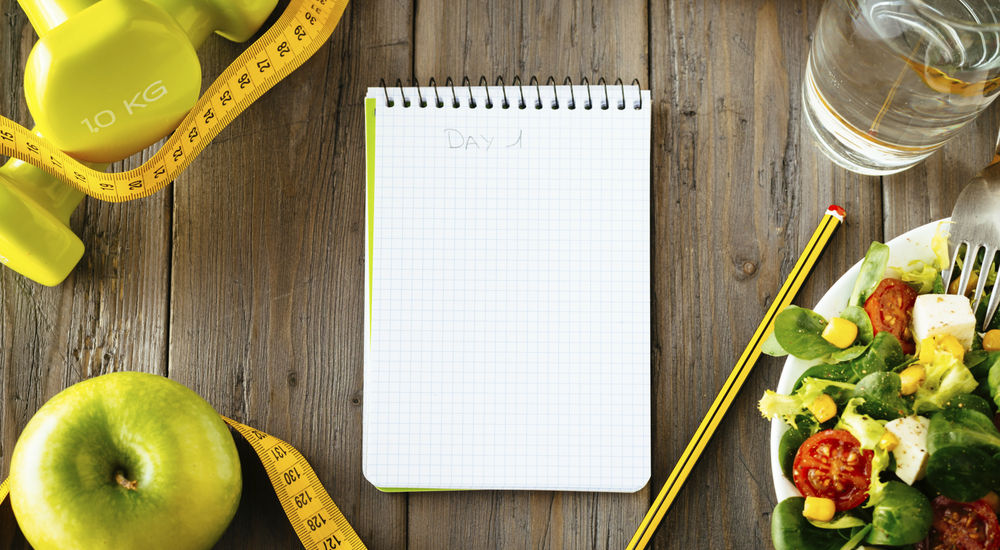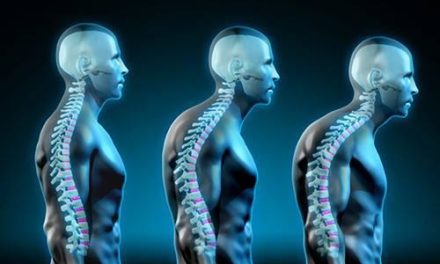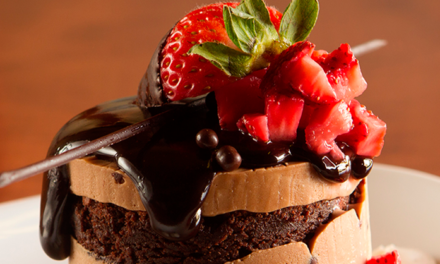Here at Zach Moore Training, by far one of the most common reasons our clients work with us is to lose weight.And this makes complete sense.
Carrying extra body weight is associated with a number of health issues and is the number one factor affecting how people feel about the way they look.
You know what is interesting though?
You might assume that individuals coming to work with us to help them lose weight would need to learn about what constitutes “healthy eating.”
But in reality the vast majority of the individuals we work with already know quite a lot about what qualifies as healthy eating.
They’re knowledge base is solid.
What they are struggling with is how to implement that knowledge.
What they are struggling with is how to turn that knowledge into sustainable actions.
It’s All About Sustainable Action
The most important part about building a lean, strong, healthy body is turning your knowledge into sustainable action.You can spend as much time reading articles and books and watching videos on health and fitness as you want, but if you can’t put that knowledge into action… then none of that knowledge really matters does it?
As coaches, what is interesting about this dynamic is that it means our bigger job when it comes to healthy eating is not educating, but eliciting action.
And that is what brings us to the point of today’s piece.
The Incredible Value of a Food Log
If building healthy sustainable actions were easy, everyone would already be fit and healthy. Unfortunately, building healthy sustainable actions are often very hard.Doing so requires building new habits and ditching old ones.
And habit change is tough.
However, there are many great tools you can use to help you change your habits and start implementing your knowledge base.
And when it comes to consistently making healthy eating choices, one of the best tools is keeping a food log.
It’s a bummer, but as humans we are actually particularly bad at recall. Especially food recall.
Ask someone what they ate 48 hours ago and they are going to omit a lot of the bad and over emphasize a lot of the good.
(And when we say “someone”… we mean everyone. You, me, your uncle, your uncles’ dog walkers’ best friends’ boyfriend… everyone!)
Now this is the first part of what makes a food diary so valuable: a food diary provides real tangible data you can look back on and analyze.
This is key because analyzing your past behavior is the only way to identify where you may be slipping up.
We simply cannot accurately recall what we may have had over the last week nor identify unhealthy macro eating trends without data and analysis.
Take Me For Example
To help illustrate this point, lets take a look at my food log from the past week and see what we can learn.Now, for the record, because I have basically reached my physique goals I don’t log every day anymore.
I choose one week every three months and write down everything I eat and drink to see if any new bad habits have developed.
In this case, when I reviewed my food diary I did in fact find three new unhealthy eating habits that had developed since the last time I had kept my food dieary.
New Bad Trend #1
About four months ago I started going to a new spot for breakfast every Monday through Friday.Now every time I go in I order the same thing: a three egg omelet with tomatoes, feta cheese, and scallions.
And while the omelet itself is an excellent and healthy breakfast, (as are the root vegetables that come with it) the omelet also comes with two pieces of whole wheat toast with butter.
Now I know there is no reason for me to eat buttered bread. It serves no purpose, it adds unhealthy calories to my diet, and takes me further away from maintaining my goal.
So why have I been eating these pieces of buttered toast five days a week?
Because it has become a habit.
It started innocently with me just having a few bites. And I thought I could control it, but man does buttered toast taste good.
Now every morning I can’t wait to devour both pieces and I leave marveling at the greatness that is buttered toast…
New Bad Trend #2
Issue number two.Two months ago I started going to a new coffee shop and they leave out free samples of their donut holes… sons of bi…
Now, I had willpower… for a time… and was able to pass them up for the first few weeks, but they just kept calling to me.
Well, as I reviewed my food log I learned that now I eat two or three every day I’m in there! (And that is five days a week)
New Bad Trend #3
Bad habit number three? Ice cream consumption.A number of months ago my wife and I discovered (for us at least) an ice cream brand named Van Leeuwen.
Their cookie dough ice cream is the best I’ve ever had and since we are being honest, I’ve been buying a pint (sometimes two) every week and leaving it in my freezer.
And what happens to any and all delicious food that comes into your house? It gets eaten!
What Does All This Add Up To?
Once I reviewed my food log, I realized I was eating a total of 10 pieces of buttered toast, ten donut holes, and at least a pint of ice cream every week.If you add that up over the course of an entire year that is 520 pieces of buttered toast, 520 donut holes, and 52 pints of ice cream!
That is an absolute ton of extra calories, sugar, and unhealthy fat.
Now here is the important part: Every time I took a bite of toast, every time I ate a donut hole, and every time I ate my ice-cream I knew I shouldn’t be.
So why did I keep eating them?
Because they had become habits.
And why hadn’t I been able to break those habits?
Honestly, in large part because I wasn’t really aware of how bad they had become.
I hadn’t had my “oh no…” moment yet.
Every day I was eating these things apart from each other with up to 8 hours of healthy eating in between. And that tricked me into thinking that my buttered toast, donut holes, and ice cream weren’t that bad.
It was only when I saw these things written out and staring me in the face all at the same time that I really realized the cumulative impact of these habits.
In a vacuum, yes they are all fine. But add them all up… sheesh.
I can promise you I’ll be adjusting my eating habits going forward.
Keep A Food Log
Listen, my job literally depends on me staying in shape.Who wants to workout and listen to an out of shape coach?
But I only really realized how my dietary habits had slipped these last few months when I started logging again.
I know you’re busy, and I know you may not want to keep a food diary, but writing down what you eat takes so little time and generates such strong results I simply cannot recommend it enough.
Simply put keeping a food diary is one of the most effective tools for eliciting habit change and weight loss.
Okay, that’s it for this week.
But be sure to join us back here next week The Incredible Value of Keeping a Food Diary and How To Do It Part 2, where we will cover the best ways to log your food, how detailed your log needs to be, and how long you need to log for.
(Short preview: just use a note book and pencil, not that detailed, and only for a week or two at a time.)
Have a great rest of your Thursday everyone!
Your exercise and dietary coaching team.
Zach Moore Training.
And everyone, if you found today’s article insightful, inspiring or enlightening SUBSCRIBE and if you have a friend, family member, colleague or peer who you think would benefit from what we’ve talked about here today, pass this email on.
One of the best things you can do for those you care about is helping them to build a healthy and great looking body. A body that is strong, capable and moves without pain and a body in which they feel confident and happy.





